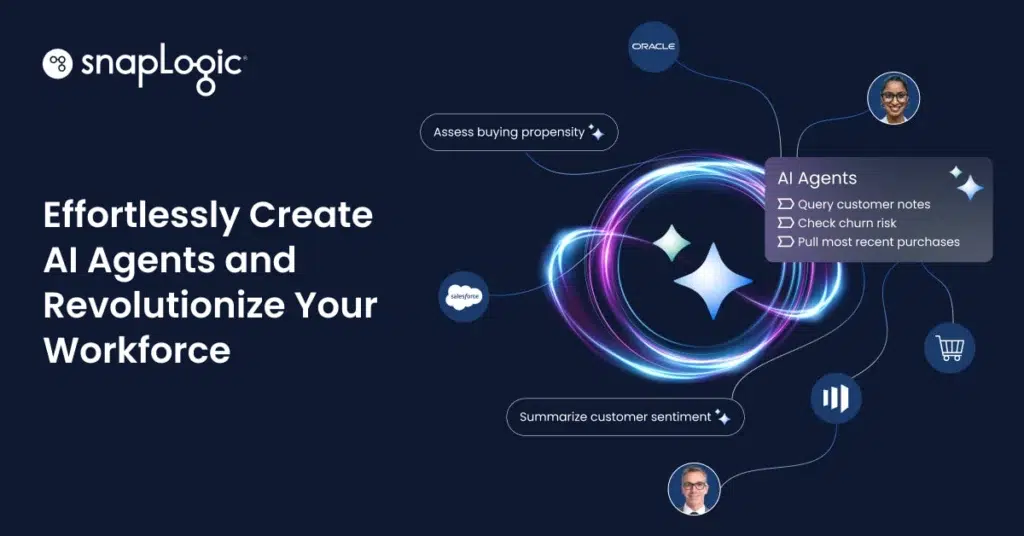The composable architecture is an IT framework that allows enterprises to assemble modular, reusable components—such as applications, data sources, and workflows—to create flexible and adaptive systems. Unlike traditional monolithic architectures, composable systems are designed for scalability and interoperability, enabling organizations to reconfigure their technology stack quickly in response to changing business needs.
Relevance
The composable architecture is transforming how businesses manage digital experiences by providing unparalleled adaptability and efficiency.
- Flexibility: Enterprises can quickly adapt to new business requirements or integrate emerging technologies, such as cloud services or API-first platforms, without overhauling entire systems.
- Resilience: Modular systems reduce downtime during upgrades or maintenance, ensuring a stable IT infrastructure with minimal side effects on existing workflows.
- Innovation: By using independent components like microservices, teams can experiment with new features, optimize processes, and deploy updates without disrupting core business logic.
Applications
The composable architecture supports a variety of use cases across industries, empowering businesses to break down silos and deliver better customer experiences:
- Digital Transformation Initiatives: Modernize legacy systems by incorporating API-first strategies and cloud-native services to accelerate digital transformation.
- Real-Time Data Integration: Seamlessly connect backend systems, frontend interfaces, and APIs to improve decision-making and operational efficiency.
- E-commerce and Omnichannel Experiences: Build headless commerce platforms that integrate modular content management systems with reusable components to deliver personalized, omnichannel experiences.
This combination of flexibility, scalability, and innovation makes the composable architecture essential for organizations aiming to future-proof their IT ecosystem.
Why is composable architecture important?
The composable architecture provides the foundation for adaptable, efficient, and scalable systems by leveraging independent components and reusable building blocks.
- Agility: Quickly reconfigure workflows or integrate new programming languages like SwiftUI or iOS frameworks without starting from scratch.
- Scalability: Expand specific modules, such as e-commerce or content management, without impacting the entire system, ensuring a seamless user experience.
- Cost Efficiency: Reuse existing components to reduce development costs and time to market, focusing resources on building new features.
- Future-Proofing: Adapt easily to evolving business capabilities and integrate emerging technologies like MACH (Microservices, API-first, Cloud-native, and Headless).
The composable architecture empowers businesses to innovate while maintaining resilience and adaptability.
Key components of composable architecture
The composable architecture relies on modular elements that work together to create scalable and adaptable systems:
- Microservices: Self-contained services that handle specific tasks and collaborate for complex workflows.
- APIs (Application Programming Interfaces): Enable seamless communication between modular components, ensuring interoperability across frontend and backend systems.
- Integration Platforms: Tools like SnapLogic connect workflows and data across ecosystems, ensuring efficient operations and reduced dependencies.
- Cloud-Native Infrastructure: Supports rapid deployment, scalability, and the ability to adapt to new business logic without disrupting existing workflows.
These building blocks enable businesses to optimize operations and deliver better digital experiences.
Benefits of composable architecture
The composable architecture accelerates time to market by enabling seamless integration between independent components like SAP for inventory and Salesforce for CRM. For example, teams can build frontend features in SwiftUI while managing state with reducers in TCA (The Composable Architecture).
It enhances customer experiences by enabling tailored digital solutions. Retailers can unify data in Snowflake and visualize insights in Tableau for personalized e-commerce interactions. By automating workflows with SnapLogic, businesses connect systems like GitHub and AWS, streamlining operations and reducing dependencies.
Use cases in different industries
Retail: Build personalized shopping experiences by integrating inventory systems like SAP, customer data from Salesforce, and marketing platforms like Marketo.
Healthcare: Streamline patient management by integrating modular data systems like Epic with analytics tools such as Power BI for real-time insights.
Finance: Automate fraud detection with predictive analytics in Databricks, leveraging real-time data streams from FIS.
Technology: Accelerate software development by using open-source platforms like GitHub and managing modular workflows in Jira.
Challenges and solutions in adopting composable architecture
Challenges
Adopting the composable architecture can involve:
- Complexity in Integration: Ensuring smooth communication between independent components and cloud-native platforms.
- Change Management: Training teams to adopt modular, open-source frameworks.
- Initial Costs: Investing in integration platforms and redesigning workflows.
Solutions
- Use robust integration tools like SnapLogic to streamline workflows and optimize communication between APIs.
- Provide tutorials and training to help teams embrace state management concepts like reducers and observable components.
- Start small, testing composable practices within a single department before scaling across the enterprise.
Conclusion
The composable architecture revolutionizes IT ecosystems by enabling scalability, flexibility, and adaptability. From reducing dependencies to building seamless digital experiences, it’s a strategic investment for businesses aiming to thrive in an evolving marketplace.
Next Steps: Contact us today to explore how composable solutions can transform your business and optimize your IT infrastructure.





